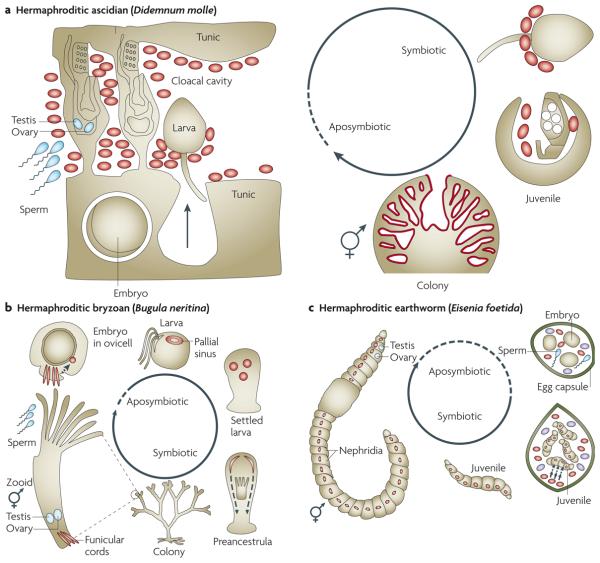Figure 3. Simplified host life cycles of vertically transmitted extracellular endosymbionts.
a | In the colonial, hermaphroditic ascidian Didemnum molle the extracellular endosymbiont Prochloron didemni covers the tunic surface of the cloacal cavity. Sperm uptake into each zooid is followed by internal fertilization and embryonic development. The embryos migrate into the tunic and develop into larvae. When the larvae hatch into the cloacal cavity, they pick up the symbiont onto the posterior part of the body; larvae are then released from the cavity into the water column, settle after dispersal and undergo metamorphosis, during which the symbiont finally ends up on the surface of the cloacal cavity again88. b | The colonial, hermaphroditic bryozoan Bugula neritina harbours the extracellular endosymbiont Candidatus Endobugula sertula in the funicular cords of adult colonies and the pallial sinus of larvae. Sperm uptake and internal fertilization result in transfer of the zygote into the ovicell, in which the endosymbiont is most likely taken up through the funicular cords during embryonic development (not shown). The embryo develops into larvae which are then released and can disperse and settle. Following metamorphosis into preancestrula and ancestrula stages (first zooid), the symbionts migrate and end up in the funicular cords of the developing colony again94. c | The hermaphroditic earthworm Eisenia foetida harbours the extracellular endosymbiont Verminephrobacter eiseniae in the lumen of nephridial ampullae. During copulation and release of eggs and sperm, symbionts and albumin are released into the egg capsule, which is concurrently also infected with environmental bacteria (shown in purple). The egg is externally fertilized and develops into a juvenile in the egg capsule. During this time the symbionts are selected and taken up through a pore, they migrate through a canal to the ventral pore that leads into the nephridia, where they establish in the ampullae. The juveniles then hatch and develop into adults113,143.

